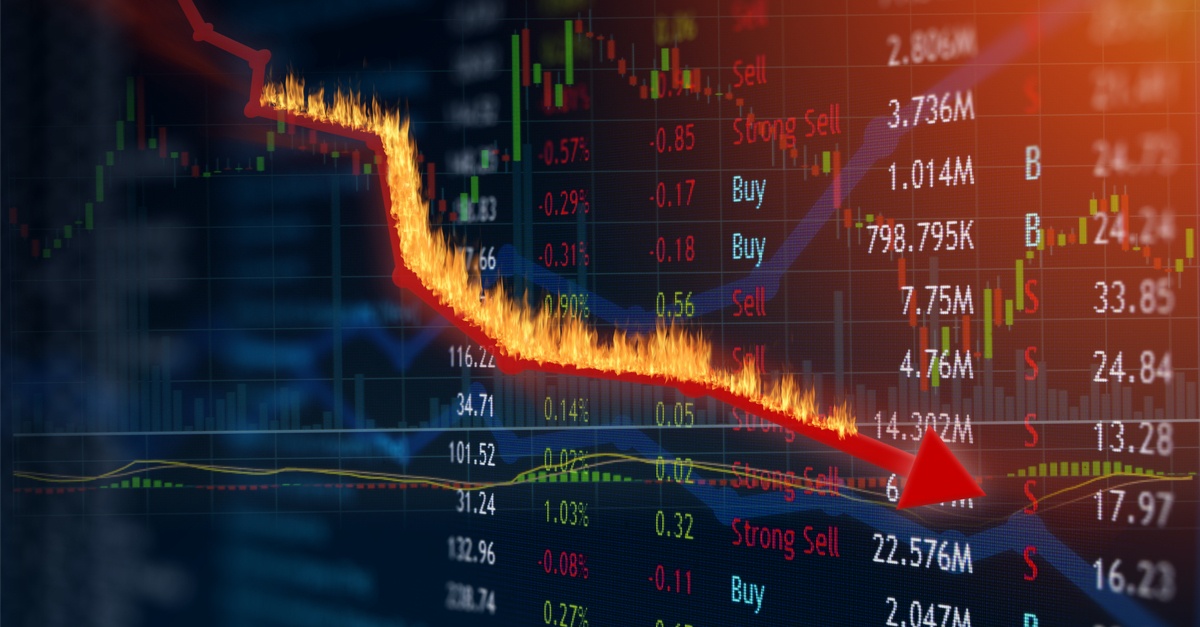The stock market isn’t a bubble, but parts of it are on fire.. Let’s hope for the best for 2020 and 2021.
So far in 2020, the NYSE FANG+ index of giant technology stocks is up 78%. The Renaissance IPO ETF, IPO 1.44% an exchange-traded fund that holds recent public offerings, is up 84%. The SPDR S&P Kensho Clean Power ETF, CNRG 1.68% which invests in renewable-energy companies, has gained 88%. Meanwhile, the overall stock market is up almost 11%.
For years, anyone who thinks any financial asset is somewhat overvalued has called it a bubble. The financial use of “bubble” originated centuries ago to describe massive speculation that inflates market prices to the bursting point.
Financial bubbles have never had a formal definition, though, and they are diabolically difficult to identify without the benefit of hindsight. The image of a bubble is itself a misnomer. As any kid who’s ever chewed gum knows, bubbles often barely expand before bursting, and they don’t bother anybody much except parents and teachers.
Financial markets, however, can easily heat up fivefold or even 10-fold and then collapse at least 50% in a flash, burning millions of speculators and sometimes charring entire economies. Think of the U.S. after the stock market crash of 1929, or Japan 60-plus years later.
Rather than regarding overvalued assets as a bubble, we might consider them a fire. The more it expands and the hotter it gets, the more havoc it can wreak.
In their book “Boom and Bust,” finance scholars William Quinn and John Turner look closely at 300 years’ worth of market manias using the metaphor of “the fire triangle.” That image has long been evoked to explain the conditions necessary for flames to erupt and persist: oxygen, fuel and heat. Remove one, and you can prevent or put out a fire.
The oxygen of investing is marketability, or the ease of buying and selling an asset. Centuries ago, that meant carving up difficult-to-transfer corporate ownership into tradable shares. Nowadays it’s carrying a stockbroker in your pocket. With a smartphone-trading app, you can buy or sell so-called fractional shares in increments anyone can afford.
The second side of the fire triangle, fuel, is manifested in financial markets by money and credit. Low interest rates make investing with borrowed money easier and cheaper, while low yields on safe savings and fixed deposits motivate people to opt for riskier alternatives.
Today, borrowed money fuels mega-billion-dollar private-equity firms buying entire companies. Individual investors can start small “margin” trades with as little as USD2,000 in a brokerage account.
The third side of the triangle, heat, is supplied by market speculation. When prices go up, more people buy, inflaming prices even more and attracting another rush of speculators.
Marketability, credit and speculation are necessary, but not sufficient, to start and maintain a market fire. A fourth component, what the authors call a “spark,” is also needed. This might come from new technology, government intervention or both.
“Boom and Bust" shows that most bubbles tend to be confined to a few stocks or industries. However, the huge fire among the giant stocks can set the neighbourhood ablaze. In 2000, after the technology-heavy Nasdaq index collapsed, the broader S&P 500 also tumbled
Trading foreign exchange on margin carries a high level of risk, and may not be suitable for all investors. The high degree of leverage can work against you as well as for you. Before deciding to trade foreign exchange you should carefully consider your investment objectives, level of experience and risk appetite. The possibility exists that you could sustain a loss of some or all of your initial investment and therefore you should not invest money that you cannot afford to lose. You should be aware of all the risks associated with foreign exchange trading, and seek advice from an independent financial advisor.
Recommended Content
Editors’ Picks

AUD/USD: The hunt for the 0.7000 hurdle
AUD/USD quickly left behind Wednesday’s strong pullback and rose markedly past the 0.6900 barrier on Thursday, boosted by news of fresh stimulus in China as well as renewed weakness in the US Dollar.

EUR/USD refocuses its attention to 1.1200 and above
Rising appetite for the risk-associated assets, the offered stance in the Greenback and Chinese stimulus all contributed to the resurgence of the upside momentum in EUR/USD, which managed to retest the 1.1190 zone on Thursday.

Gold holding at higher ground at around $2,670
Gold breaks to new high of $2,673 on Thursday. Falling interest rates globally, intensifying geopolitical conflicts and heightened Fed easing bets are the main factors.

Bitcoin displays bullish signals amid supportive macroeconomic developments and growing institutional demand
Bitcoin (BTC) trades slightly up, around $64,000 on Thursday, following a rejection from the upper consolidation level of $64,700 the previous day. BTC’s price has been consolidating between $62,000 and $64,700 for the past week.

RBA widely expected to keep key interest rate unchanged amid persisting price pressures
The Reserve Bank of Australia is likely to continue bucking the trend adopted by major central banks of the dovish policy pivot, opting to maintain the policy for the seventh consecutive meeting on Tuesday.

Five best Forex brokers in 2024
VERIFIED Choosing the best Forex broker in 2024 requires careful consideration of certain essential factors. With the wide array of options available, it is crucial to find a broker that aligns with your trading style, experience level, and financial goals.
